Partner Chris Parisi provides an overview of how AI and automation can drive value in specialty manufacturing.
The world of specialty manufacturing is on the cusp of a revolution — one that’s being accelerated by artificial intelligence and automation. For business owners in an industry that has long relied on craftsmanship, legacy systems, and tight customer relationships, this new era presents both an opportunity and a challenge. And for those contemplating a sale or succession, it could be the most seismic shift in decades.
Specialty manufacturing has always been about lower volumes, higher precision, and adaptability — often requiring manual setups, deep technical expertise, and close customer collaboration. But automation isn’t just for the high-volume guys anymore. The long-standing trade-off between customization and efficiency is vanishing with the rise of flexible robotics, generative AI, and machine learning that can optimize production in real time. Automation tools that were once exclusive to Fortune 500 factories are now affordable, modular, and powerful enough for the shop down the street.
Gaining a Strategic Edge through Automation
A few years ago, one of my clients, a second-generation owner of a specialty CNC machining business in Ohio, found himself in a familiar bind: his shop was known for impeccable work on short-run aerospace components, but every custom job meant new setups, costly downtime, and juggling an increasingly impatient customer base.
Rather than doubling down on manual processes or over-hiring, he invested in AI-integrated scheduling software and a collaborative robot — or cobot — that could handle parts feeding, inspection, and even switch tasks mid-shift. Within 18 months, he had shaved 25% off turnaround times and expanded into two adjacent markets without adding headcount.
But perhaps more importantly, he turned a company that once struggled to scale into a highly attractive acquisition target. When a strategic buyer came knocking, they weren’t just buying machines but a future-proofed operation.
That kind of transformation is becoming more common in the middle market. AI-powered design tools can take customer specifications and instantly generate production-ready files. Robotic systems can shift between product types without retooling. And perhaps most importantly, digital twins and real-time production analytics allow even small shops to test and scale new ideas with minimal risk.
The result? Mass customization that was once a logistical nightmare is now not only feasible — it’s cost-effective.
HOW AI & AUTOMATION DRIVE VALUE IN SPECIALTY MANUFACTURING
Area of Impact | Traditional Model | AI/Automation-Enabled Model | Value to Buyers |
|---|---|---|---|
Production Efficiency | Manual setups, high downtime | Smart scheduling, predictive maintenance | Higher throughput, reduced labor costs |
Product Customization | Costly, time-intensive changeovers | Reconfigurable robotics, Al quality control | True mass customization at scale |
Workforce Utilization | Skilled labor focused on repetitive tasks | Cobots assist humans with low-value work | Reduced reliance on scarce skilled labor |
Data & Operations Visibility | Fragmented systems, limited real-time insight | Real-time tracking, predictive analytics | Better downtime management, higher asset utilization |
Supply Chain Management | Reactive inventory, frequent
stock-outs | Al demand forecasting, just-in-time material flow | Reduced working capital needs |
From an M&A perspective, these tech-enabled capabilities are starting to redefine what buyers value. A strong backlog or niche expertise is no longer enough. Buyers — particularly private equity and strategic acquirers — are putting a premium on businesses with scalable systems, data transparency, and technology integrations that reduce customer concentration risk and boost margin consistency. Investing in automation isn’t just an operational decision for sellers — it’s an exit strategy.
Of course, there are still barriers. Many owners worry about the capital required to upgrade systems or the challenge of retraining a workforce that’s been running manual processes for decades. But these upgrades don’t have to be sweeping or sudden. In many cases, targeted investments — in a cobot here or a scheduling AI module there — can create outsized value. And when that value is tied to EBITDA improvements, the return becomes clear at the closing table.
